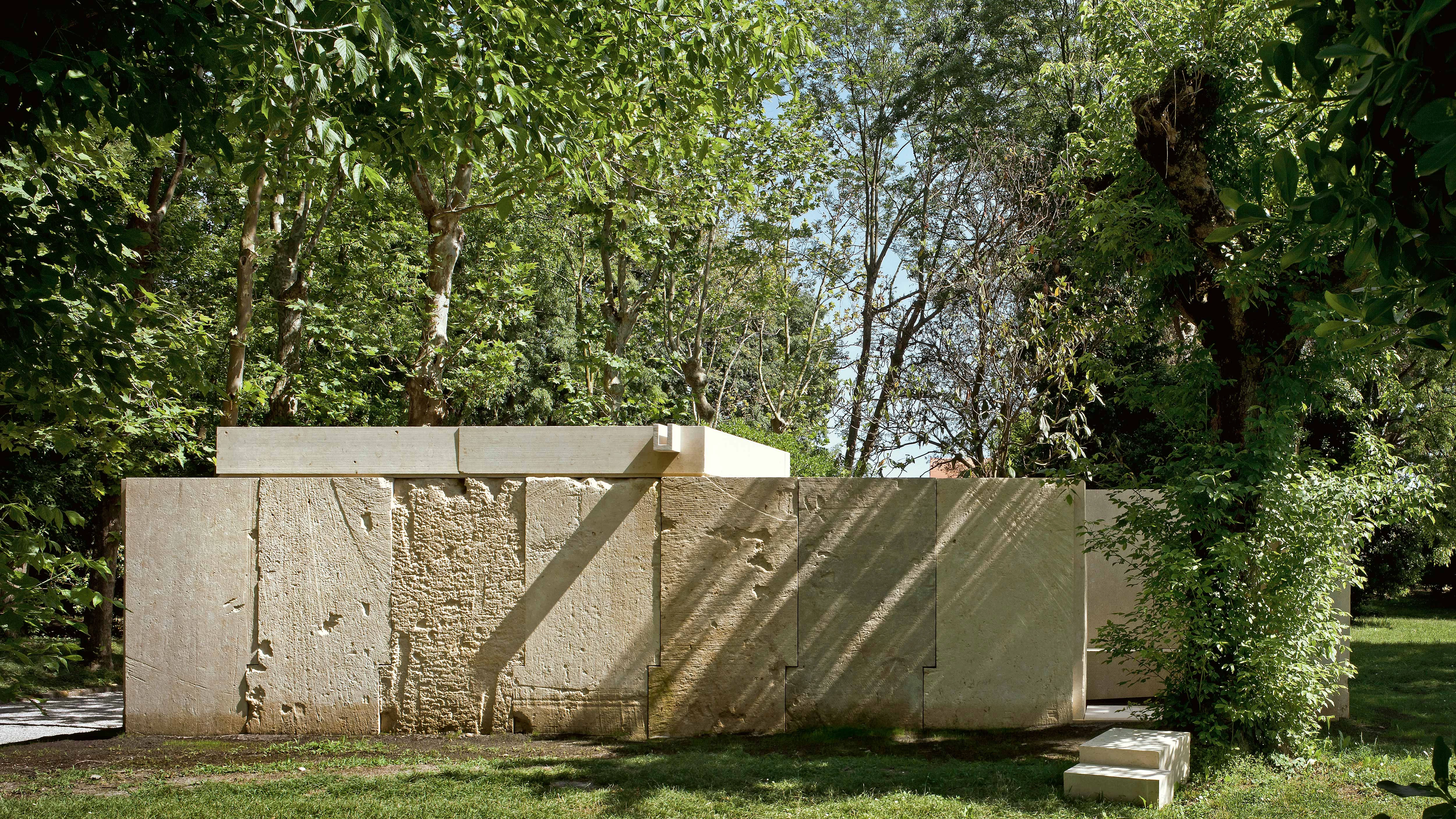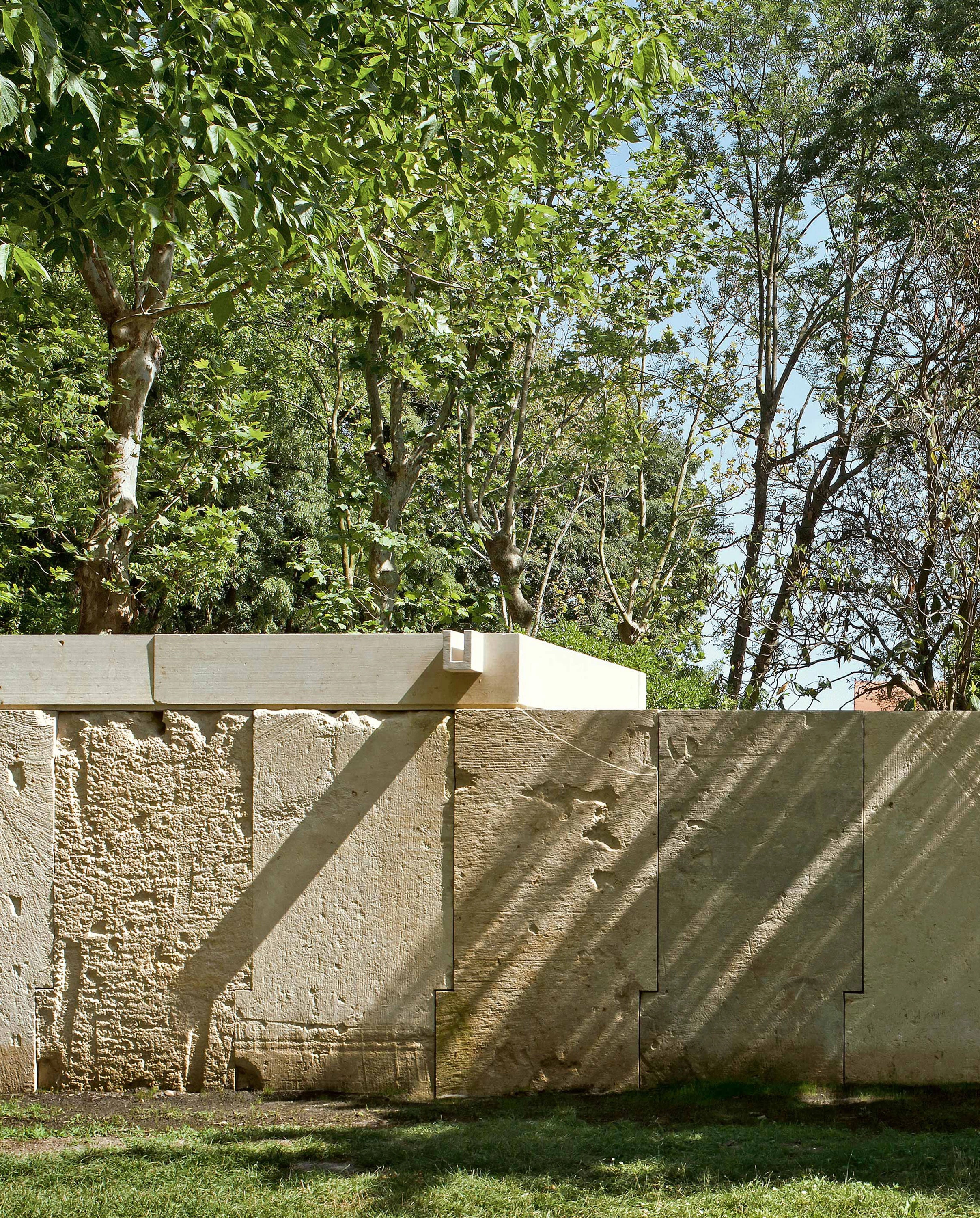Vatican Chapel for la Biennale di Venezia, Venice
Eduardo Souto de Moura- Type Pavilion
- Date 2018
- City Venice
- Country Italy
- Photograph Alessandra Chemollo
The Holy See decided to participate for the first time in the Venice Architecture Biennale, in the 16th edition of the exhibition, with a unique proposal. The Holy See Pavilion consists of ten small chapels built in the woods of San Giorgio Maggiore Island, all of them inspired by the famous one built in 1920 by Erik Gunnard Asplund in Stockholm’s Woodland Cemetery. In the Vatican’s representation, a replica of the mythical Swedish chapel marks the start of an itinerary that covers, as if they were the stations of the Via Crucis, the pavilions designed by different teams of architects from around the world: Magnani and Pelzel – authors of the Woodland Chapel replica –, Eduardo Souto de Moura, Carla Juaçaba, Sean Godsell, Smiljan Radic, Ricardo Flores and Eva Prats, Francesco Cellini, Andrew Berman, Javier Corvalán, Terunobu Fujimori, and Norman Foster.
Curated by the architectural historian Francesco Dal Co, the project prompts to reflect on the meaning of chapels in the 21st century through the exploration of this type of building, but considered as an isolated element, free from the beliefs of specific religions and detached from our usual conceptions: as a space created for different reasons and objectives, within a larger religious precinct, almost always preexisting. With this aim in mind, the curator invited the different architectural practices to design their pavilions with total creative freedom, following just one premise: each one them had to address the two essential liturgical functions of allowing the reading of the Scriptures and providing an altar.
The chapel designed by Eduardo Souto de Moura is set forth not as a chapel or a sanctuary, but as a place enclosed by four walls, with a stone at the center that could be the altar. It is a simple structure built with large Vicenza stone ashlars carved and joined so that they compose an elongated and partially covered trapezoid. An opening at one of the ends, right by a tree, marks the entrance to
the space. A ledge on the inside of the walls offers visitors a place to sit. The two roof slabs are placed one meter from the rear wall to let sunlight pass through. On this wall, behind the stone that can function as an altar, a horizontal line cuts the vertical joint of the stones, carving out a cross on the wall.
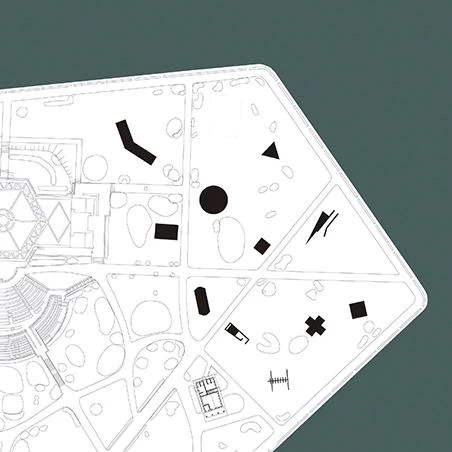
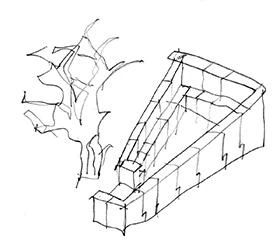
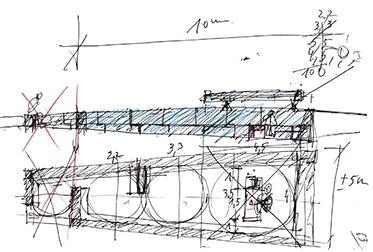
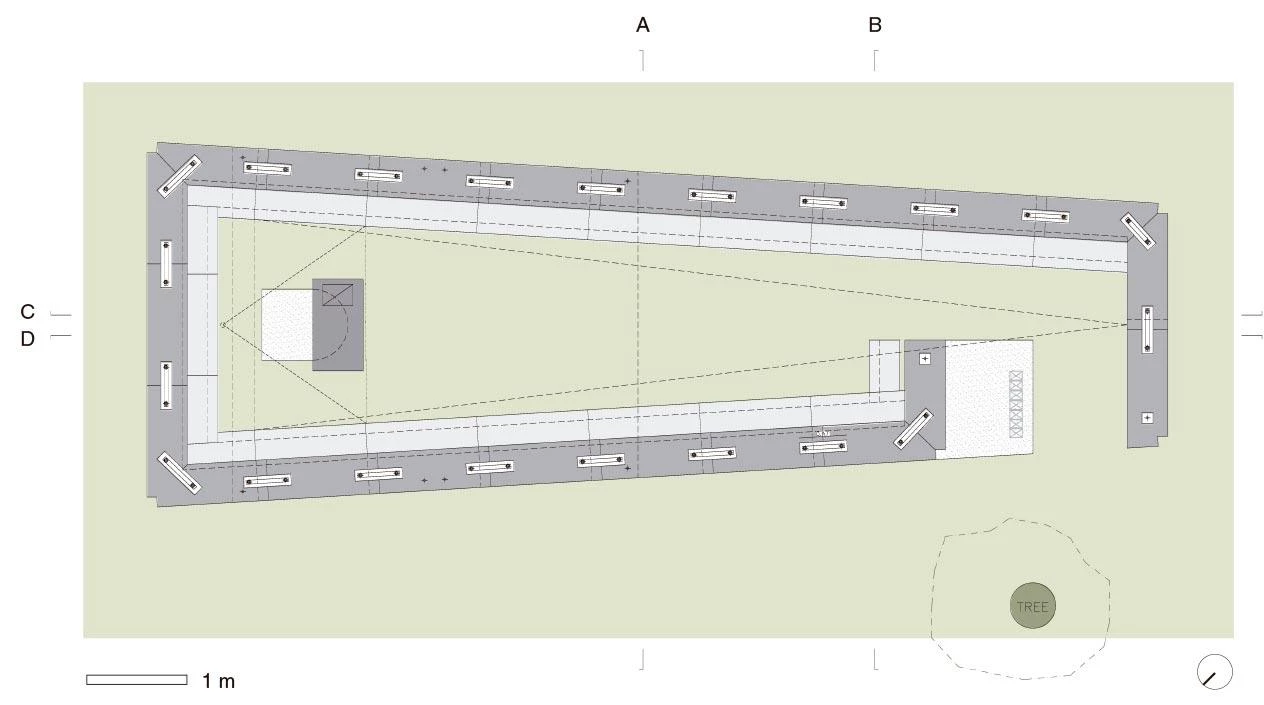

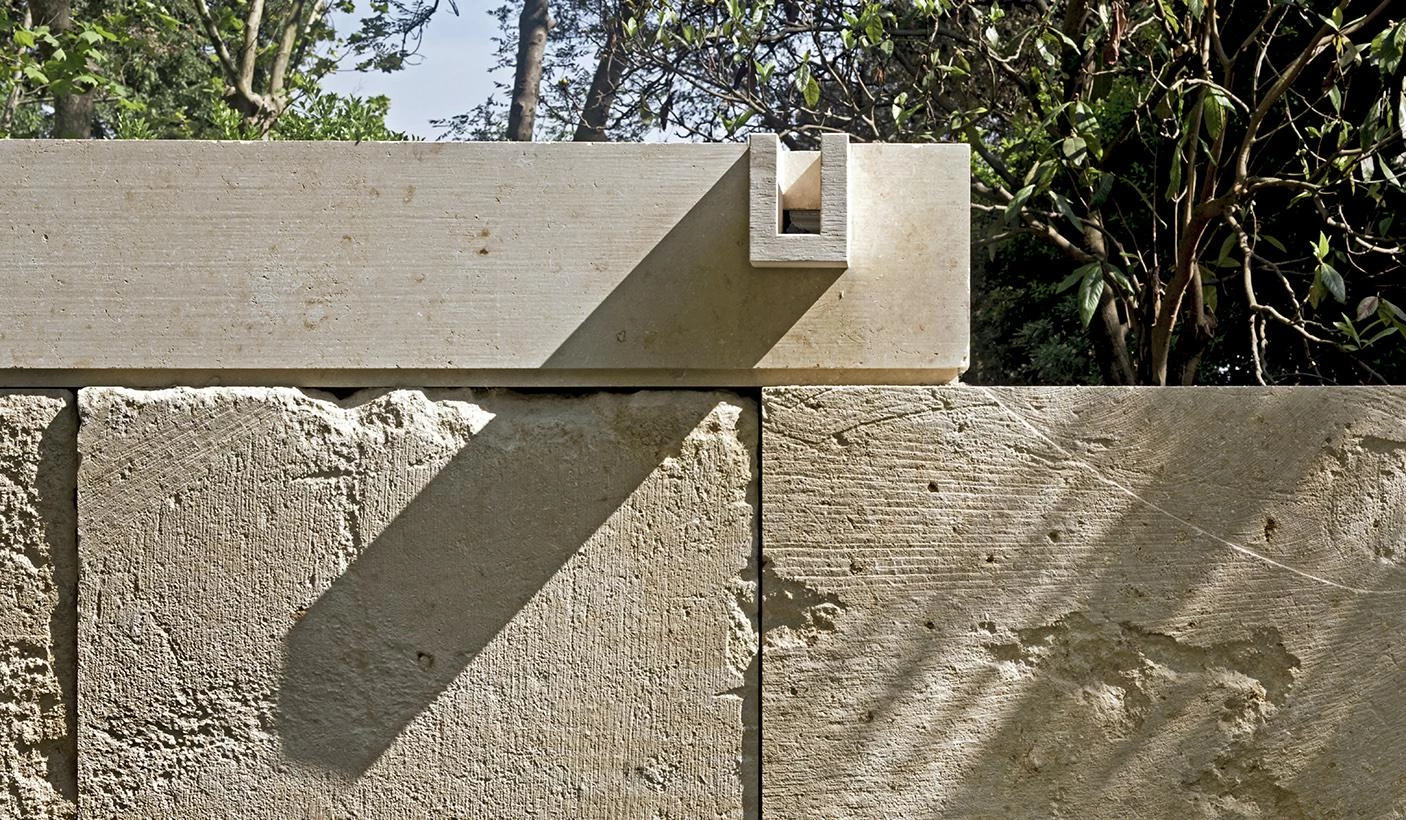



Cliente Client
Vatican – Pontificium Consilium de Cultura
Arquitecto Architect
Eduardo Souto de Moura
Colaboradores Collaborators
Francesco Magnani (colaborador principal main collaborator); Simão Sandim (maquetista model maker)
Consultores Consultants
Tecnobrevettiteam Engineering S.R.L – Luigi Cocco (estructura structure)
Contratista Contractor
Laboratorio Morseletto
Fotos Photos
Alessandra Chemollo

